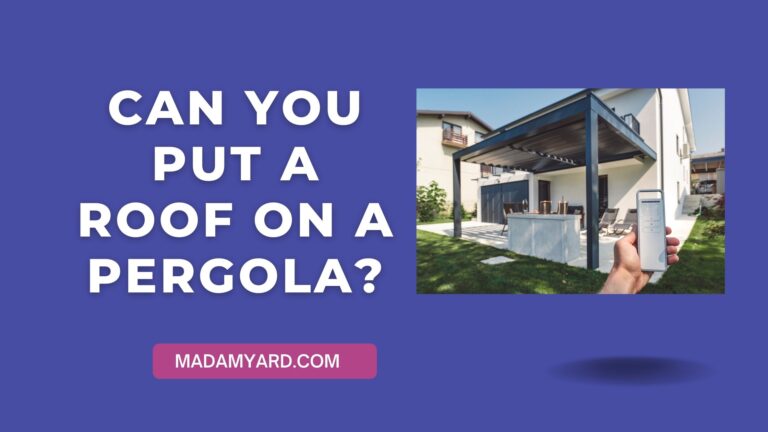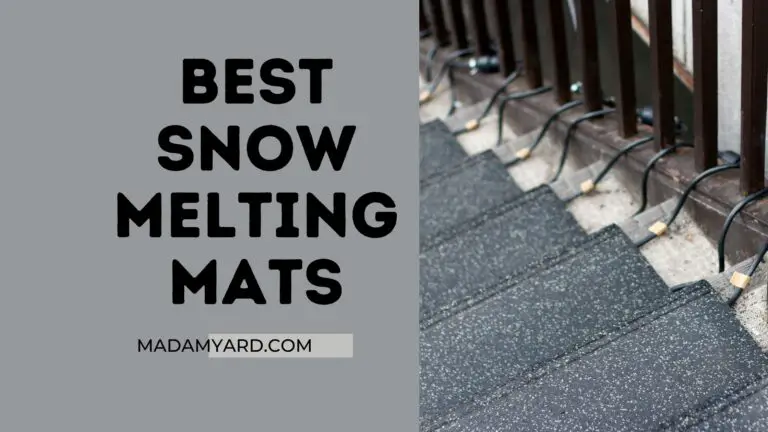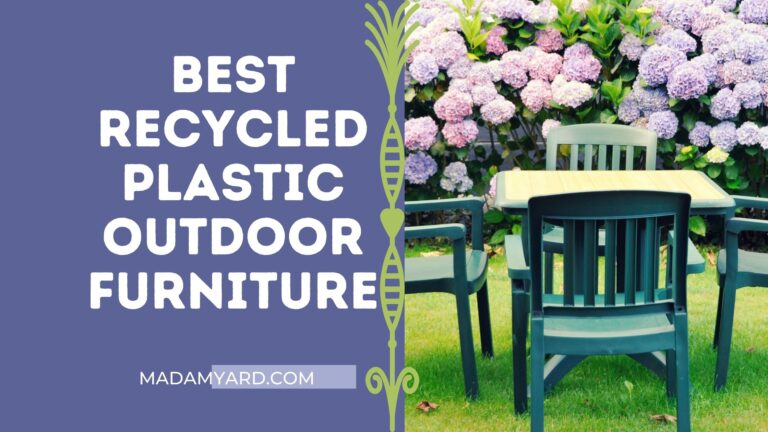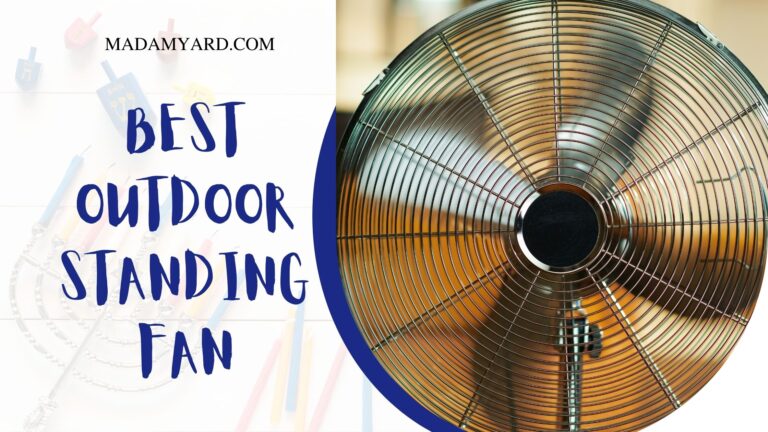7 Disadvantages of a Pergola
A pergola is a beautiful addition to any backyard. Whether you’re looking for shade, a place to relax, or an area to entertain guests, a pergola can provide all the benefits you need and more. So, that’s about pergola benefits. However, there are also some disadvantages of a pergola before installing one in your yard.
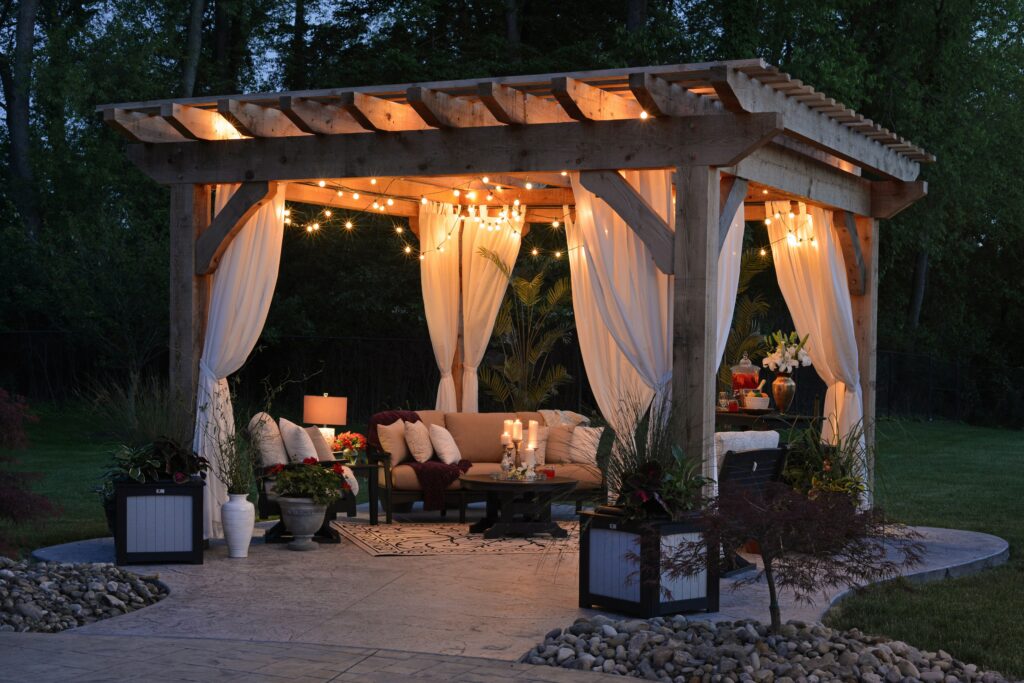
Disadvantages of a Pergola
Here are the disadvantages of a pergola.
1. Not enough shade
Shade can be a valuable asset during hot summer days. By providing shade, you can help to keep your backyard more relaxed and more comfortable. However, depending on the location and year, a pergola may not provide enough shade.
In areas that receive plenty of sunlight throughout the day, a pergola may not be practical. In contrast, in regions that receive more shade throughout the day, a pergola may be able to provide more coverage. To get more shade, you can install a roof on a pergola.
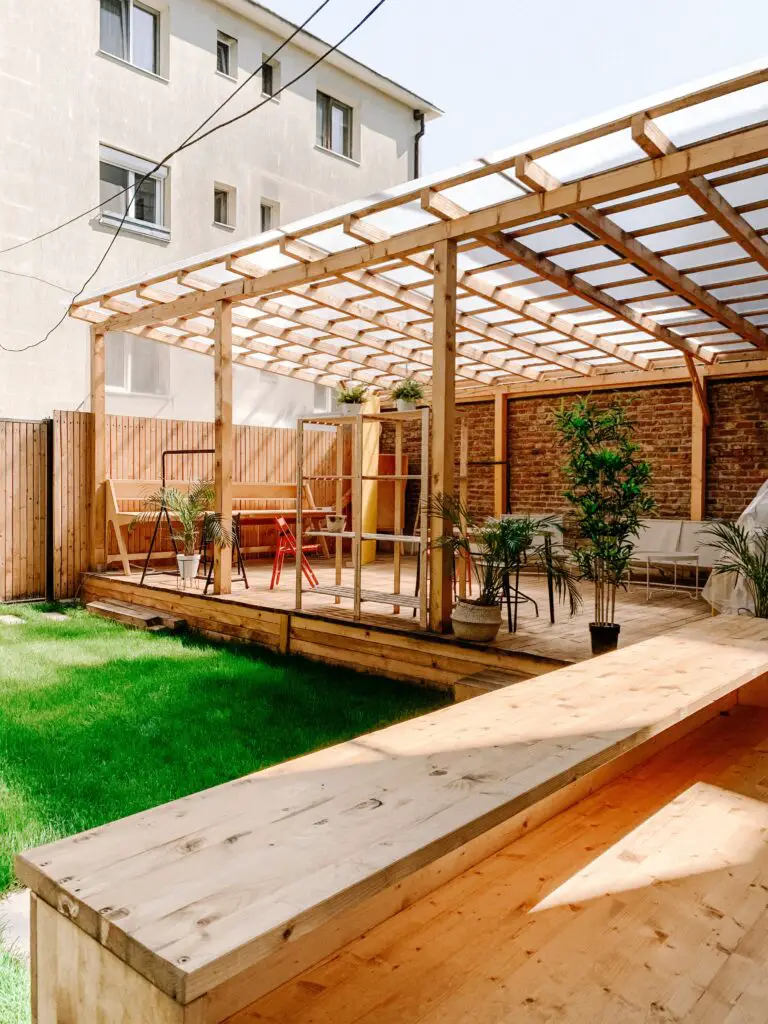
2. Regular maintenance
Pergolas are a popular addition to yards and gardens, but they require regular maintenance to look their best. Painting, staining, or waterproofing the structure every few years is important to look its best.
Regular upkeep can also help preserve the pergola’s structural integrity. Over time, weather and wear can cause the wood to warp and loosen. This can lead to instability and dangerous falls. By keeping pergolas tidy and well-maintained, owners can avoid these problems in the future.
3. Attract termite
Pergolas can provide a nesting or roosting spot for insects and birds, which may be undesirable. However, regular maintenance and pest control can help to minimize these issues. Insects that commonly use pergolas include termites, carpenter ants, and wasps.
Birds that may use pergolas as nesting sites include swallows, orioles, and tanagers. Maintenance includes cleaning debris away from the pergola structure, monitoring for signs of insect infestation, and treating any areas identified as needing attention.
4. The color will fade over time
The pergola color will fade, slowly losing its vibrancy and value. Depending on the climate and exposure to the sun, the colors may become lighter or dingier. Although it is possible to restore fading pergola colors by painting them, this can be costly and time-consuming.
5. Not necessarily up the property value
To be clear, a pergola can add value to your home, but it depends on many things that most people don’t care about.
This year, putting up a pergola may make your home worth a little more, but there’s no way to know if the housing market will do the same thing next year. And it’s almost impossible to get back the total cost of building the pergola in the first place. Isn’t that the case with nearly any kind of home improvement project?
As a rule, I don’t think you should get a pergola if the main reason is to raise the value of your home. As long as you can enjoy the pergola while still there, that’s a different story. Your home’s value might also go up.
6. Limited Protection from the Weather
Pergolas can give some welcome shade with some work, but they’re powerless against the elements like rain, wind, and snow.
As such, if you plan to place furniture beneath your pergola, be sure that it is weather-resistant, as it will be exposed to the elements year-round until you bring it inside when the weather turns. Pergolas, in this regard, do not provide a location to enjoy the rain while remaining dry.
7. Difficult plant maintenance
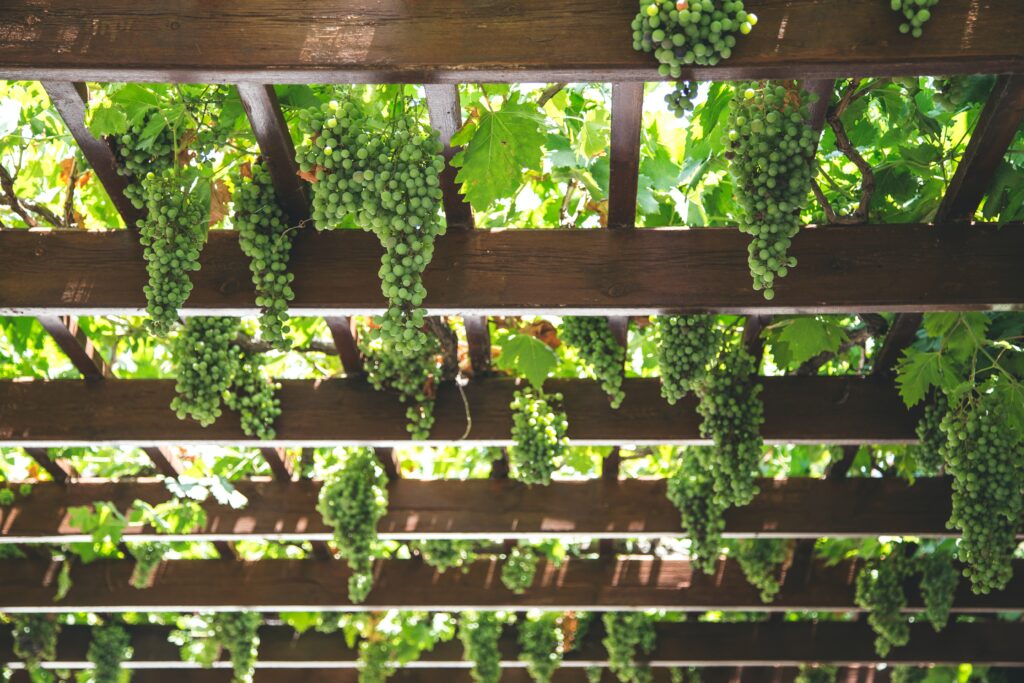
Climbing plants, which eventually cover the pergola, are among the most common reasons pergolas are installed in gardens. Beautiful vine-covered pergolas with fragrant blossoms and shade under the canopy are easy to imagine.
Despite their hardiness and resiliency, many climbing plants still need some attention. If this is your primary reason for wanting a pergola, you may be surprised to learn that it’s not as simple as it sounds.
Some types of climbing plants can be challenging to get started on the pergola in the first place. You’ll need a system of wires attached to the pergola that will “teach” them to use it.
Additionally, you’ll need to ensure that they receive the proper amount of water and sunlight. As a result, if your plants aren’t growing or climbing, you may be frustrated.
It’s not over yet, even if you get your vines to grow up the pergola. If you want the plants to cover the lattice, you’ll have to wait. To maintain the plant healthy and manageable, you’ll need to trim it as it grows to direct it in the direction you choose.
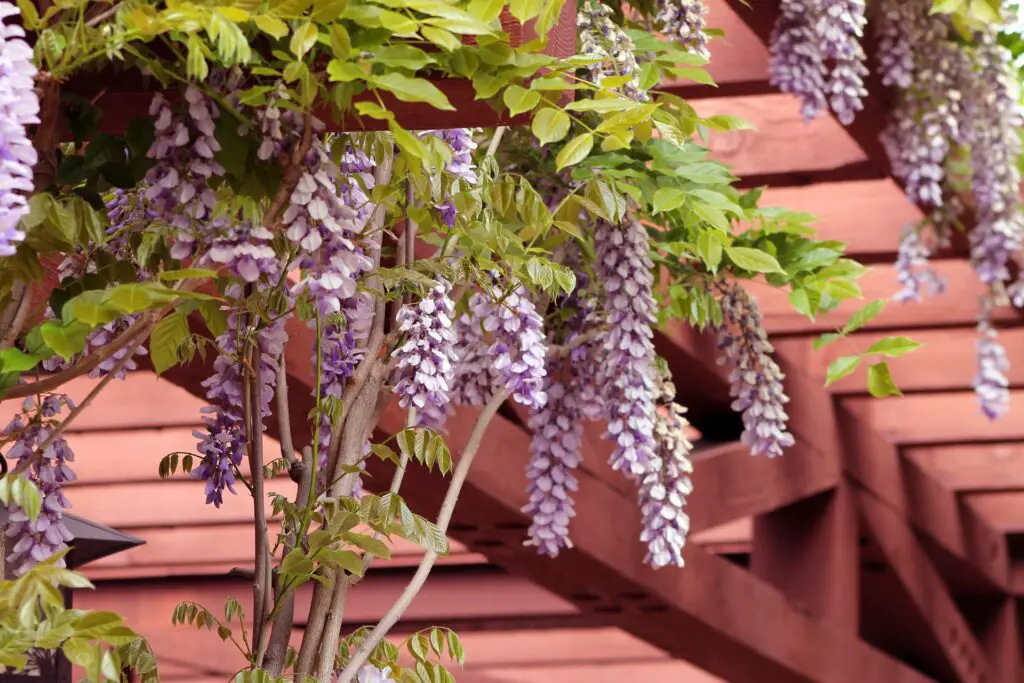
Planting an evergreen in your pergola could depend on where you reside. If you don’t do this now, the leaves of a deciduous or semi-deciduous plant will have to be cleaned up in the fall.
When it comes to pergola care, having a vine-covered pergola is aesthetically pleasing and time-consuming. Your pergola will not survive as long as it could if it is not maintained correctly. Pests and insects may also be drawn to it, which is the next on the list.
Is a pergola a good idea?
You can extend your living space and spend more time outside with a pergola. Pergolas can provide enough light shade to make even a hot afternoon bearable.
Still, if you need more protection, a retractable shade cover can be installed for even more protection.
How can I make my pergola last longer?
Pergolas typically last around 10-15 years if treated correctly but can be shorter if not taken care of. Here are some tips on how to prolong the life of your pergola:
1. Clean it regularly
A build-up of dirt, leaves, and other debris will cause your pergola to become less sturdy and eventually collapse.
2. Repair it
Your pergola will need to be repaired every few years, especially if the wind or other factors have damaged it.
3. Inspect it
Make sure your pergola is strong enough to hold your weight and that the wood used is of good quality.
4. Repaint
If your pergola begins to look faded, use a paint designed for outdoor use.
5. Protect it
Your pergola will need to be covered when it rains, or other weather conditions are present.
Final Remark
After knowing a pergola’s pros and cons, you should now have a clear view of whether to have a pergola in your backyard. If you decide a pergola is right for you, be sure to factor the disadvantages of a pergola into your decision.

